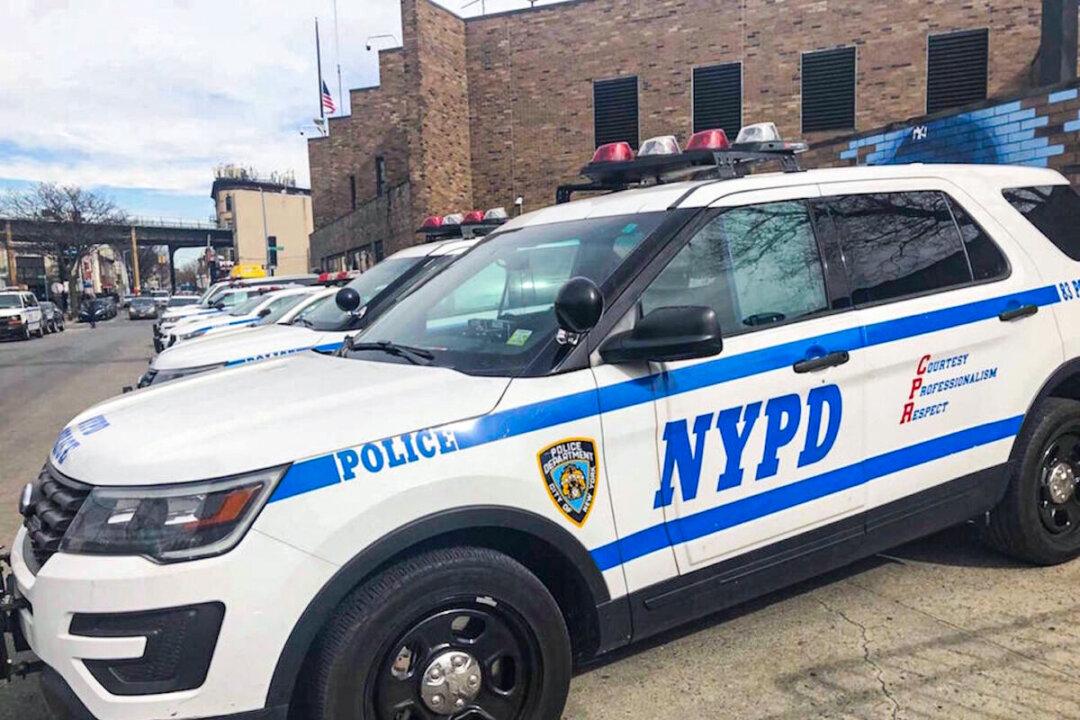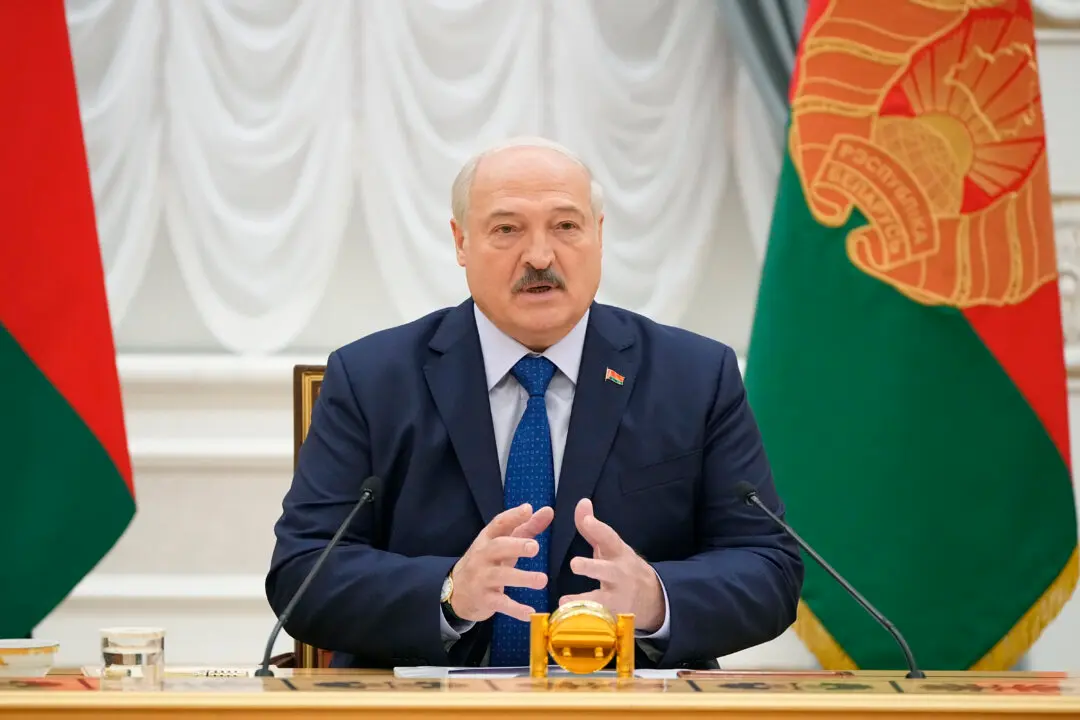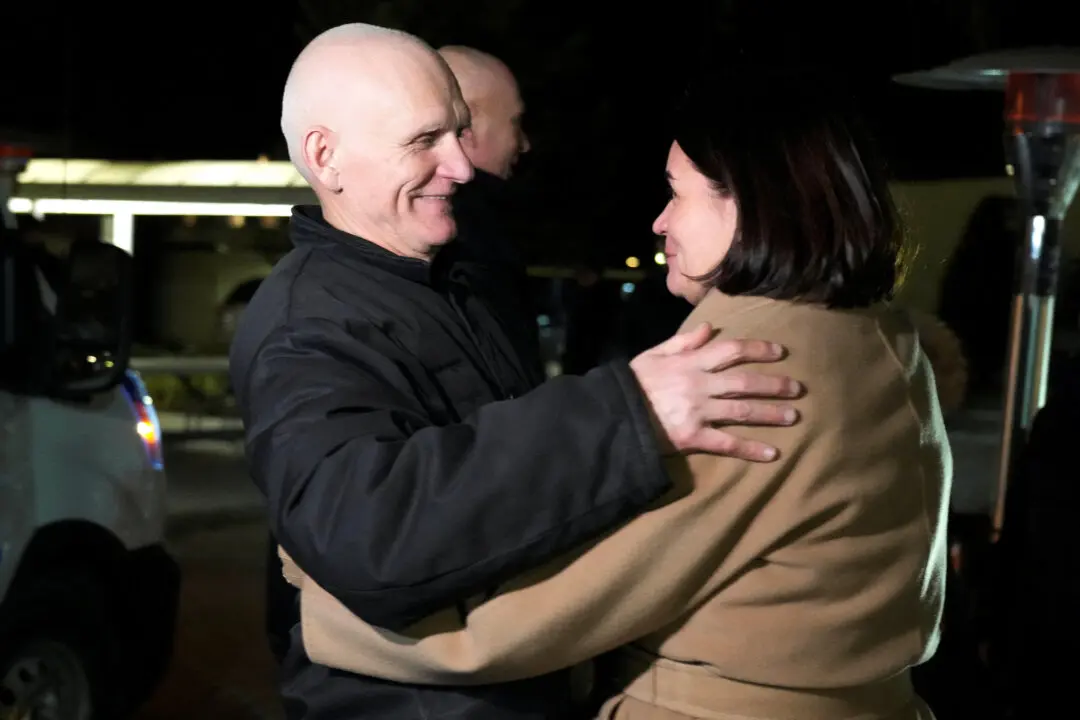A $45 million detection system expected to help the New York Police Department respond to more incidences of gunfire has “overwhelmingly” sent officers to locations where no shooting could be found or confirmed, the city’s finance chief said.
The system, dubbed ShotSpotter, relies on a network of more than 2,000 hidden neighborhood sensors to assist law enforcement in pinpointing the location of suspected gunfire across New York City’s five boroughs.





